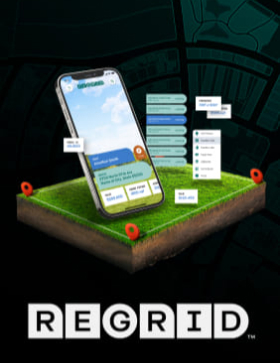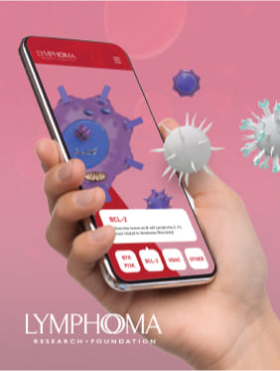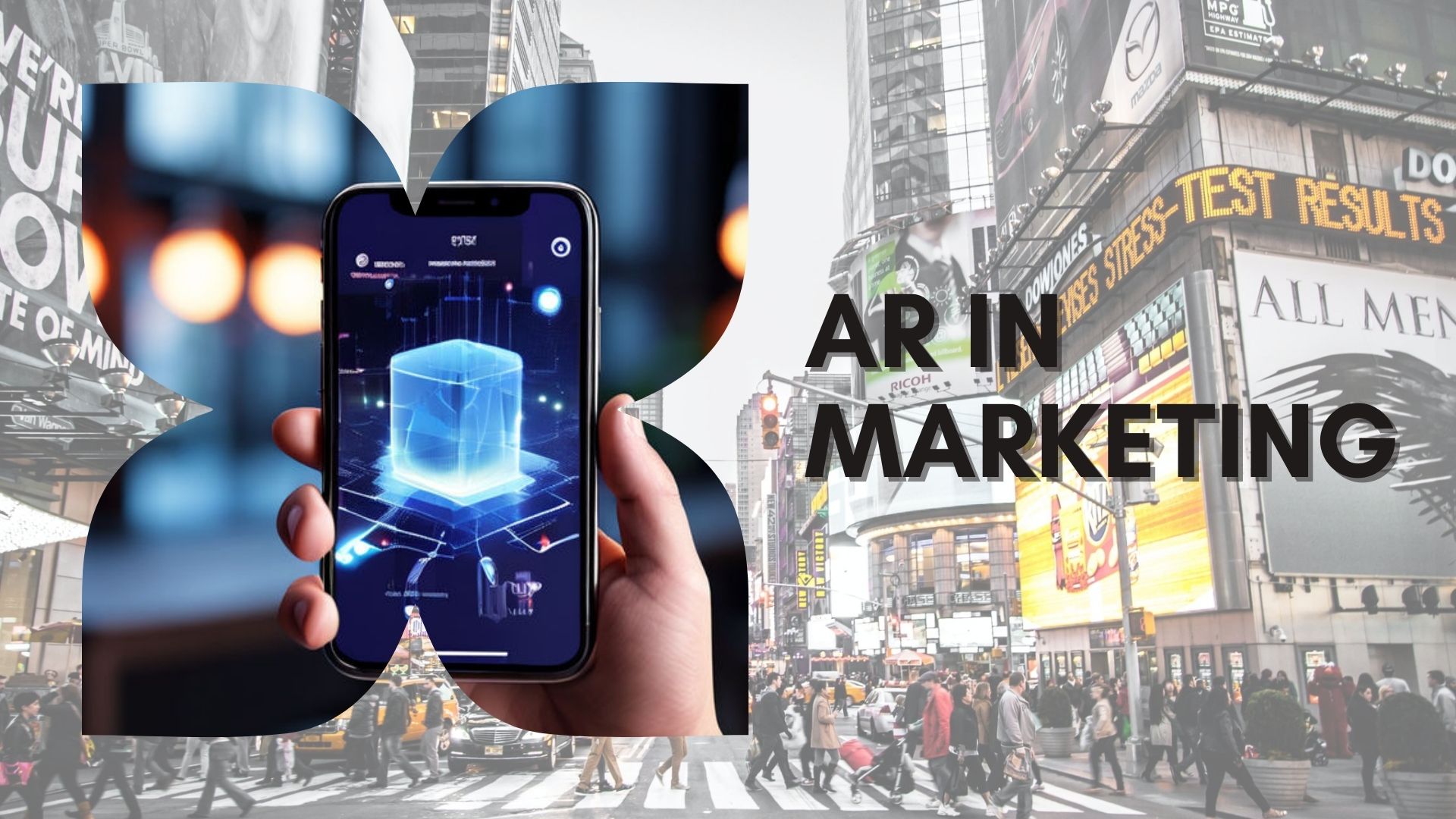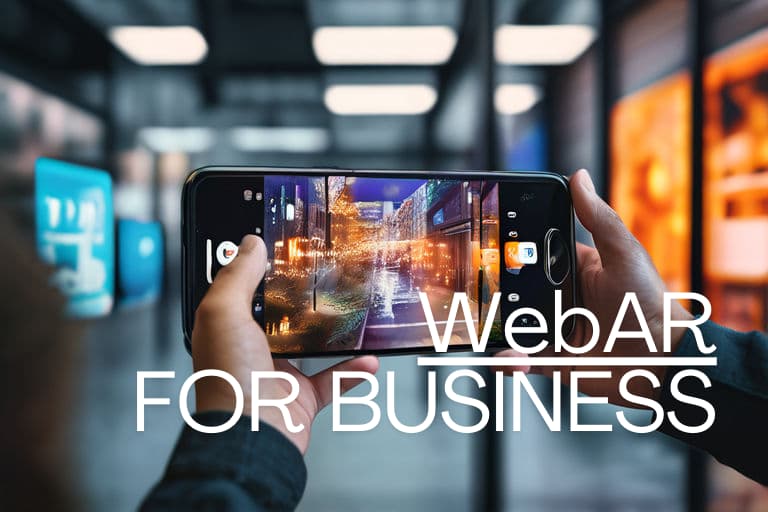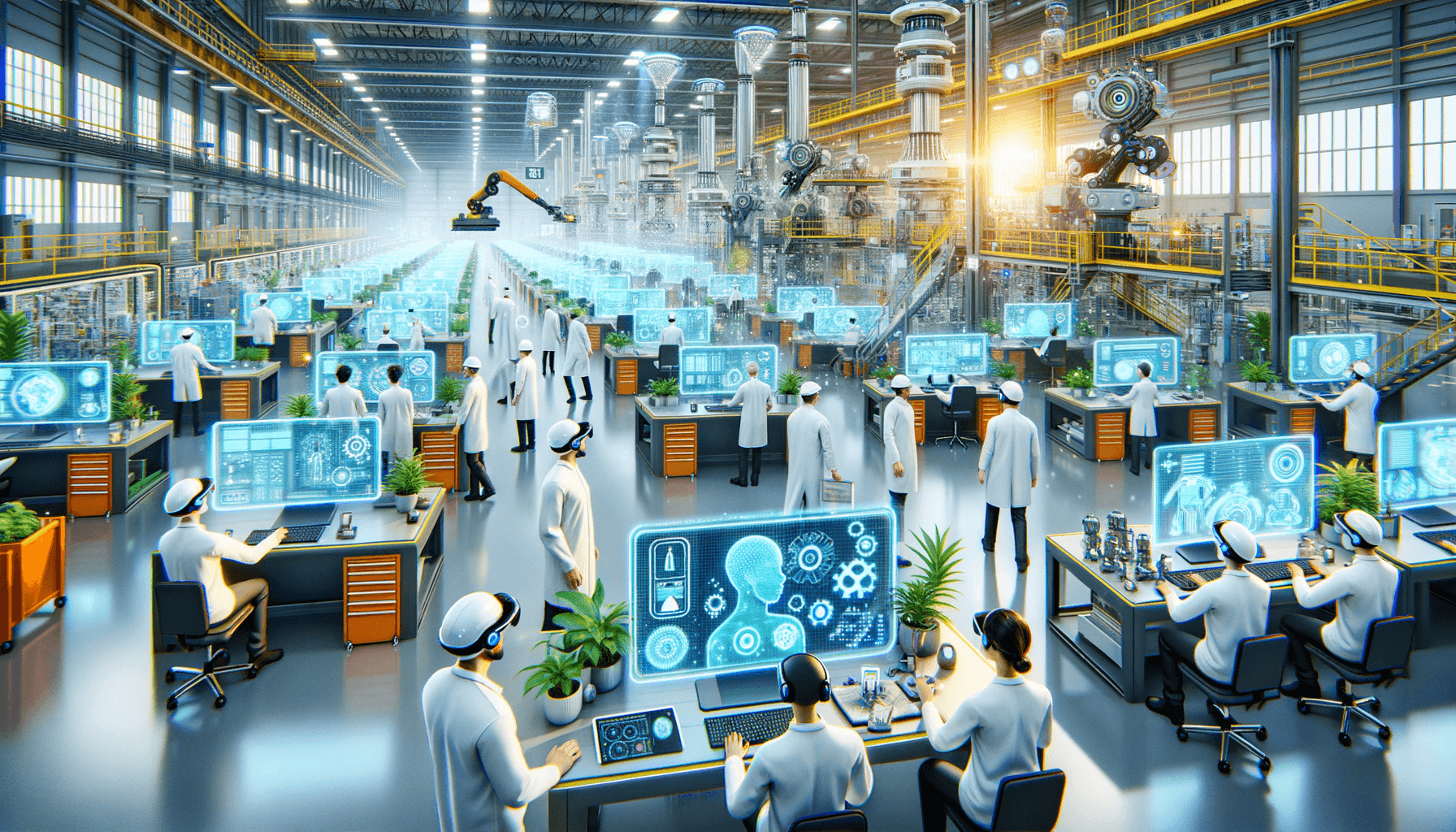
Augmented Reality (AR) and Virtual Reality (VR) Technologies Transforming Manufacturing – A Glimpse into 2030
The manufacturing sector stands on the brink of a technological revolution that is set to deeply entrench augmented reality (AR) and virtual reality (VR) within its operations. Analysts predict a significant jump in market value, with AR and VR commanding a potential global market worth of $7.6 billion by 2030, according to ARtillery Intelligence. This growth heralds an era of transformation where productivity blends with innovation to redefine industry norms.
The Present Influence of AR and VR in Manufacturing
As we stand today, AR and VR are increasingly being adopted in the manufacturing space, enhancing various processes including design, training, and product development. Siemens, for instance, leverages AR to visualize the integration of new products into their current production lines. These technologies are no longer just possibilities; they’re operational realities refining the way manufacturers design and create.
Anticipating the Future: AR and VR in 2030
By 2030, it is expected that the landscape of manufacturing will be reshaped by the exponential growth of AR and VR technologies. This prediction isn’t unfounded—Statista reports suggest a stunning rise in AR/VR spending in the manufacturing sector to $19.8 billion, up from $1.5 billion in 2020. Innovations are poised to emerge from improvements in hardware, software, and integration capabilities, reimagining how we engage with the manufacturing process at every level.
Pioneering Immersive and Collaborative Tools in Manufacturing
As the geographical reach expands, especially in the rapidly industrializing Asia-Pacific region led by China, manufacturers will harness immersive tools to craft unparalleled work environments. Picture fully AR-powered workspaces where Ford’s current VR ergonomic assessments become even more refined, significantly reducing physical strains for workers. Technologies like Microsoft’s HoloLens will mature into sophisticated holographic displays, making remote collaboration more intuitive than ever, thereby slashing intervention times as seen with Thyssenkrupp.
Artificial Intelligence Meets AR and VR
One of the most profound integrations we’re likely to witness is the combination of AR/VR with artificial intelligence (AI). This merger will herald advanced predictive maintenance capabilities, offering simulations that are not just immersive but intelligent. GE’s current use of AR to digitally blueprint facilities will evolve, allowing for a seamless transition into even subtler predictive measures that will preempt machine failures with greater accuracy and foresight.
Leading Corporations Steering the AR and VR Surge
Leaders like Microsoft, Google, and PTC have begun staking their claims in the AR and VR playing field. Microsoft’s HoloLens provides ground-breaking remote collaboration and training. Google’s wearable Glass Enterprise Edition 2 amalgamates the physical and the digital for hands-free computing. And PTC’s Vuforia AR enterprise solution paves the way for more efficient training and design processes.
The Far-Reaching Implications of AR and VR Evolution
Looking ahead, the implications of AR and VR in manufacturing will touch on three critical arenas: sustainability, efficiency, and personalization. The reduction in physical prototypes through AR and VR directly aligns with sustainable practices, lessening waste and ecological footprint. Efficiency will be boosted as error margins dwindle and physical travels for troubleshooting become a thing of the past. Lastly, the personalization capability will surge, transforming mass production into a more responsive, consumer-centric operation.
As we race toward 2030, we at Gravity Jack stand ready to be your partner in embracing these technologies. Our seasoned expertise in AR and VR development can facilitate the integration of these transformative tools into your manufacturing processes. Our involvement in creating dynamic AR experiences, such as “The Wartribe of Binyamin,” showcases our commitment to pushing the boundaries of what AR and VR can achieve.
Stepping into a New Manufacturing Era with Gravity Jack
As the oldest AR company in the United States, we understand the strategic elements of AR and VR integration into modern implementations. With our diverse pricing models, expertly coded integrations, and creative ideation, we tailor our services to meet your specific needs, be it in marketing experiences, applications, training, education, or entertainment.
Join us in shaping the future of your manufacturing operations. Connect with our team at Gravity Jack to discuss how we can help advance your productivity and innovation to meet the thrilling opportunities of 2030 and beyond.

